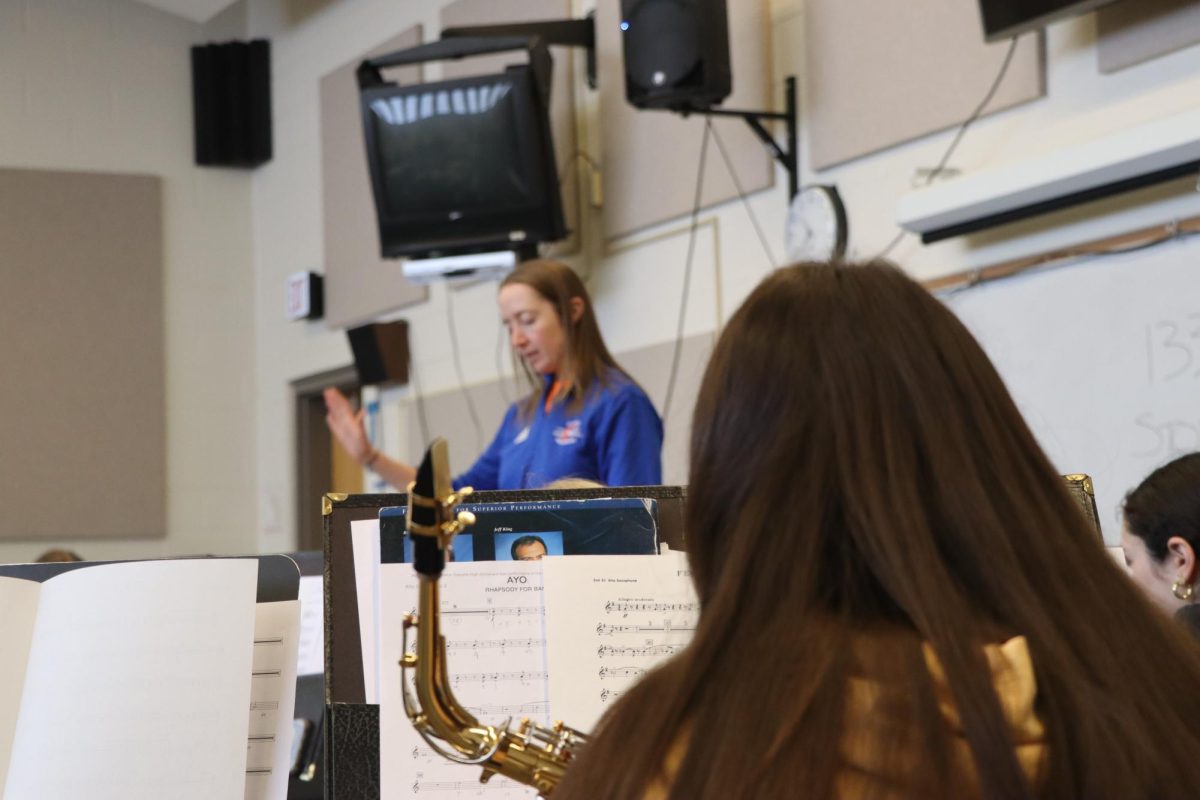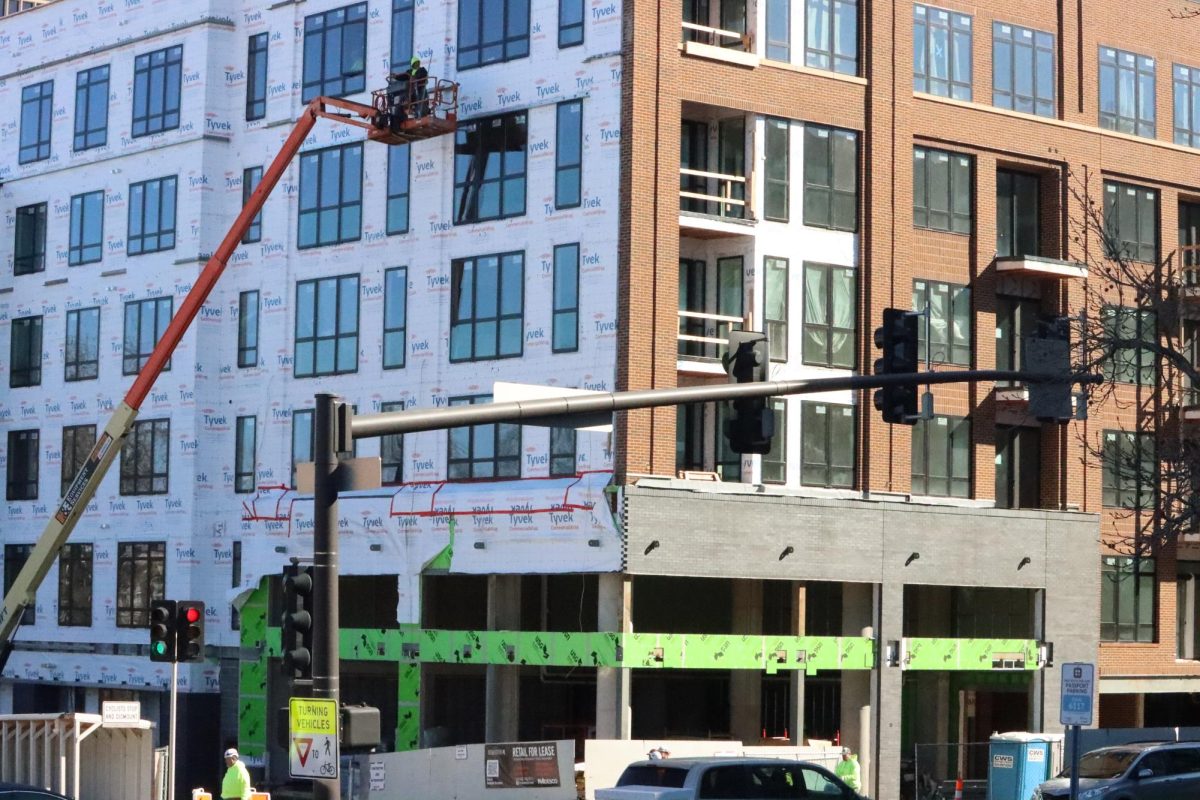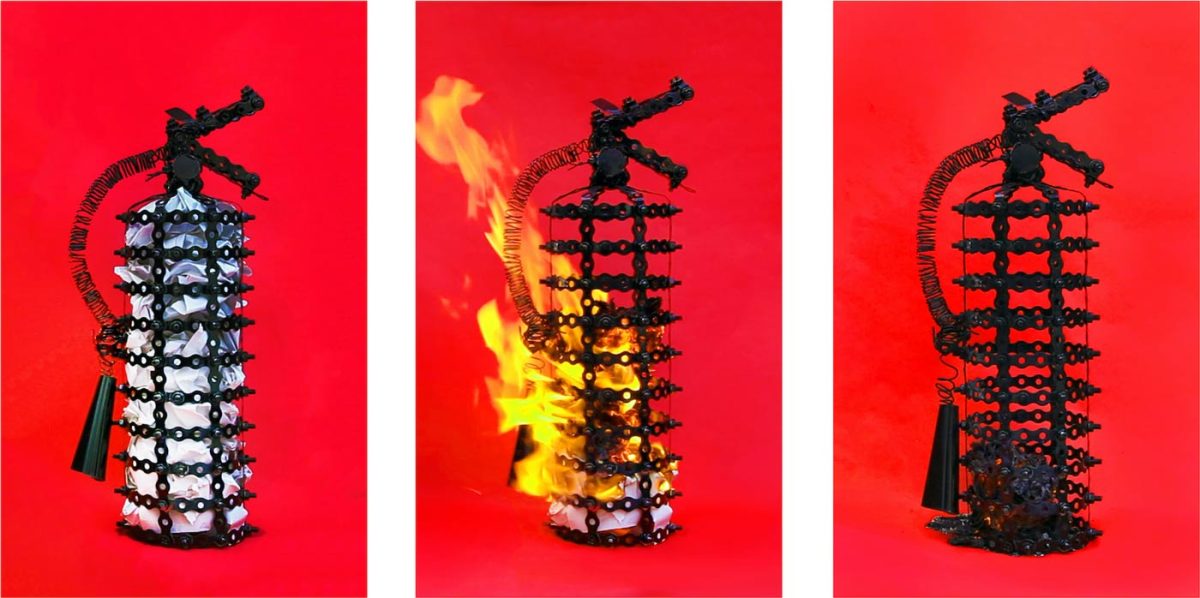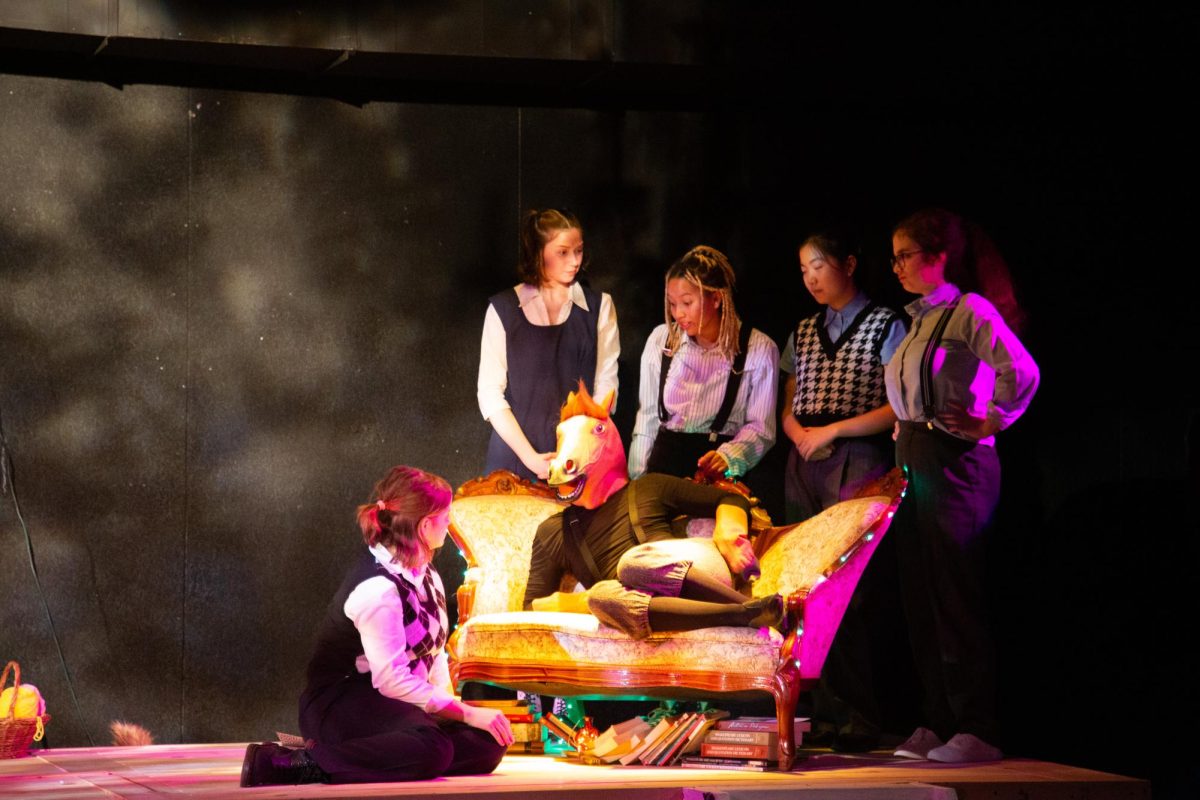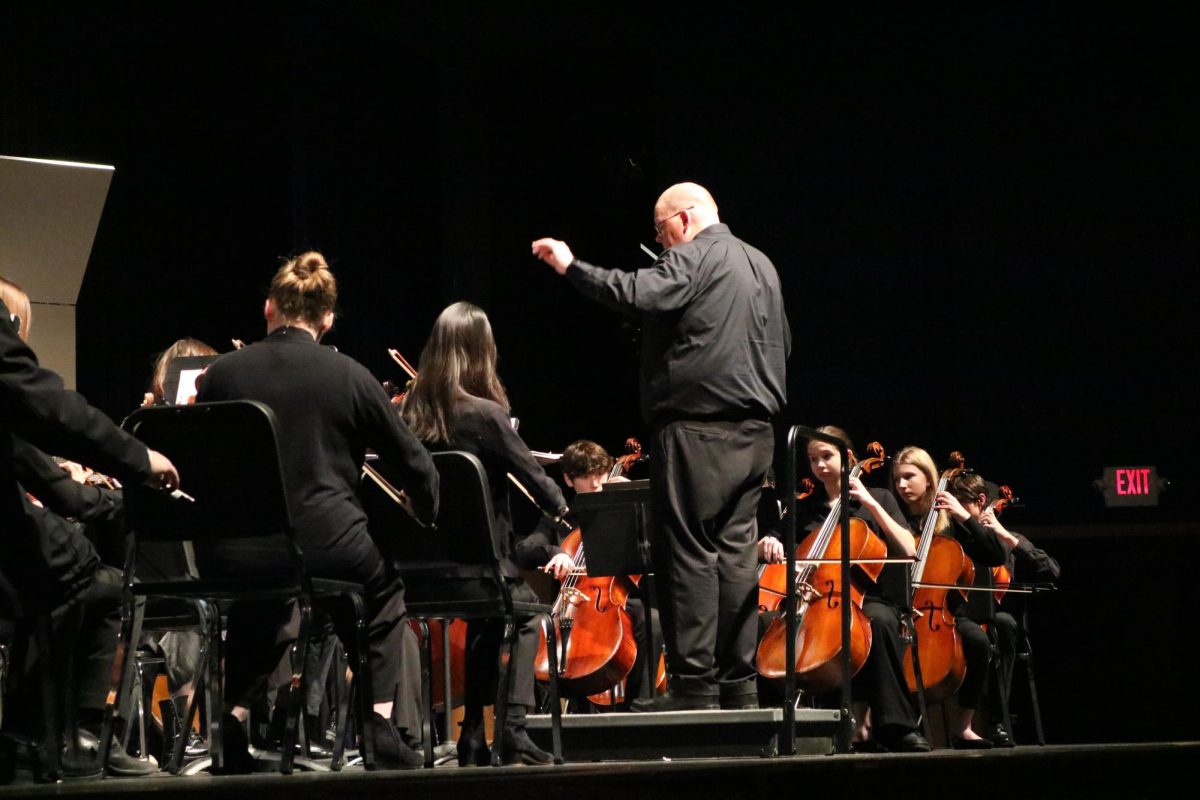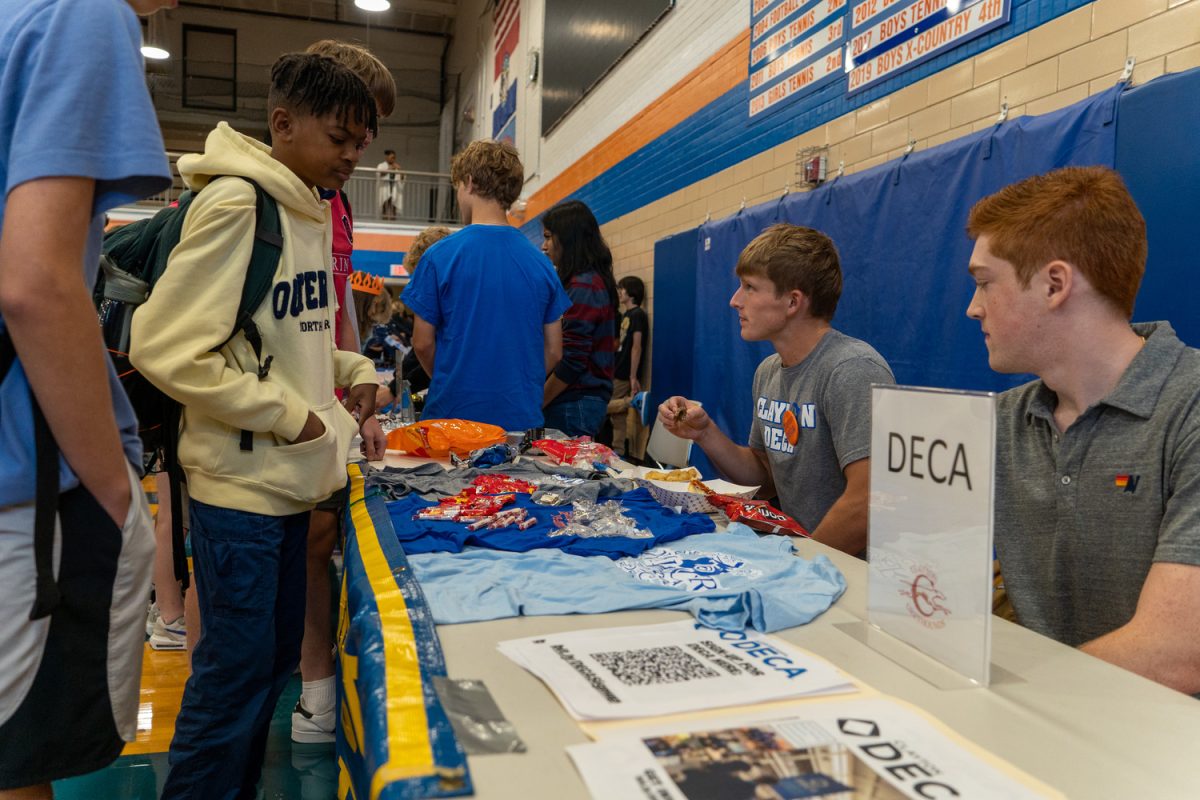
St. Louis is soon to experience a novel type of change: the rebirth of its historic trolley system.
The Saint Louis Loop Trolley Project was selected to receive about $25 million in federal funding in July.
“So many cities were competing for the money,†said Joe Edwards, founder of the Loop Trolley Project. “All the cities put in an application, and our application was as strong as or stronger than the others.â€
Congressman William Lacy Clay, who has supported the project for 10 years, announced the grant on July 8.
“I am so grateful to President Obama and my former colleague, U.S. Secretary of Transportation Ray LaHood, for supporting this wonderful project with a major federal investment,†Clay said in a release. “I have been pushing the Loop Trolley for almost ten years because it will connect two great neighborhoods that I am proud to represent, the U-City Loop and Forest Park. This exciting new attraction will serve both visitors and local residents, while generating jobs and lots of fun.â€
The latest estimated cost of the project is $44 million; according to Edwards, $38 million of that has been acquired in total, thanks to the recent grant.
“We already had some money raised,†Edwards said. “Several years ago, we started taxing ourselves an extra cent, and so we’ve gotten some revenue from that. Over 97 percent of the eligible voters voted in favor of it. It really shows that citizens support our project.â€
Edwards, who founded Blueberry Hill, restored the Tivoli, and opened the Pageant, among other attractions, is sometimes referred to as the “loop visionaryâ€. He began the venture as his latest project in 1997 in hopes that the trolley system would stimulate development in the area east of Skinker.
“People were saying, ‘Let’s put flowerpots out, let’s put banners on poles’—and those are nice ideas,†Edwards said. “But those don’t really revitalize an area.â€
He then hit on the idea of a something simple—to bring back the historic trolley system in hopes of stirring growth.
“I like how people are trying to find new ways of public transportation to move people to “happenin'” places within St. Louis,†junior Jason Riss said. “Obviously, the cost is just in building and maintenance of the trolley, but when it is in use, I know for sure I will use it, mostly so I can park my car in the park and feel safer knowing it is there than in the Loop.â€
The perks from the project are threefold.
“The beauty of this project is that it’ll spur economic development,†Edwards said. “Two, it’ll increase tourism, and, three, it will help stabilize the neighborhoods around.â€

The trolley’s 2.2 mile route would take it along Delmar, starting at the Lion’s Gate in University City, down DeBaliviere Blvd., and lastly, circle around the Missouri History Museum in Forest Park.
Other stops include the Tivoli and the Pageant—there will be nine total. It will intercept two existing MetroLink stations, thereby linking them to both the Loop and Forest Park.
Edwards is especially proud of the fact that the trolley system will not be an “imitationâ€â€”that is, use rubber-wheeled trolleys—but run on a track instead. He claims that ridership of trolleys goes up 70 percent when they are built on rails.
“The fixed-track nature of the project worked so well in other cities,†Edwards said. “Plus, the Saint Vincent Greenway will be built on DeBaliviere at the same time as the trolley system will be, so that we’ll eventually have four unique modes of transportation on that street: automobile, pedestrian, bike and trolley.â€
Though the route isn’t exactly the same as the historic one that gave the Loop its name, Edwards asserts that it is the most logical.
“The Loop was designated ‘One of the 10 great streets in America’ by the American Planning Association,†Edwards said. “So this route makes the most sense—it connects one of America’s 10 great streets to Forest Park.â€
Edwards hopes to one day extend the route to Forest Park’s many attractions as well, saying that the trolley system is really a “prototype for other parts of St. Louisâ€. He hopes to connect different sectors of the city and perhaps eliminate some of the stresses and damages that come with individual automobile transportation.
“Hopefully the trolley could one day save people the stress of a second automobile,†Edwards said. “The trolley could serve as their transportation instead.â€
In addition, the trolley will be what Edwards proudly refers to as “good, clean electric transportationâ€.
“Young people in particular are really aware of environmental concerns,†he said. “We bought two of the old trolleys and refurbished them, and they’re ready to run, but we might buy new battery-run cars instead. They’ll have the same classic lines as the old ones, but in some parts of the route, we won’t have to have overhead wires.â€
But Edwards doesn’t just stop with attracting one demographic; he hopes to extend the trolley’s influence throughout the city once the initial system takes off.
“The next step will be through Forest Park and out to Central West End, maybe to Clayton,†Edwards said. “Maybe one day we can bring conventions back to St. Louis—maybe someone will be caught between three cities… they’ll see that we just recently built this trolley system. I’d love to see [St. Louis] get back again.â€
Edwards hopes to break ground in the fall of 2011, and to have the trolley up and running in September 2012.
“That’s fast for a project this big,†Edwards said. “But we’ve been working long to make sure it happens.â€

